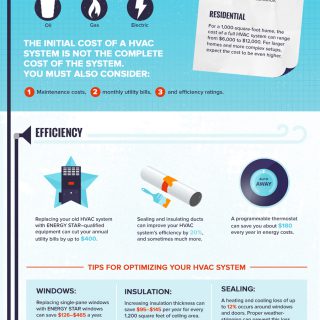Understand Exactly How To Optimize The Effectiveness And Resilience Of Your Heat Pump System By Sidestepping Frequent Installment Mistakes
Understand Exactly How To Optimize The Effectiveness And Resilience Of Your Heat Pump System By Sidestepping Frequent Installment Mistakes
Blog Article
Short Article Created By-McDougall Ploug
When mounting a heatpump, you must steer clear of common blunders that can jeopardize its performance. Ignoring proper sizing may cause inadequacies and greater utility expenses. Overlooking insulation and sealing might cause energy waste and pressure on the device. Furthermore, placing the outdoor device incorrectly might impact its efficiency. By staying clear of these errors, you can make sure optimum working and toughness of your heat pump system.
Improper Sizing of Heatpump
When it involves the installment of heatpump, among one of the most common blunders is incorrectly sizing the unit for your area. Guaranteeing the appropriate size is crucial for optimum efficiency. If the heatpump is also small, it will battle to warm or cool your space successfully, leading to boosted power bills and possible damage on the system.
On the other hand, if the heat pump is also big, it will certainly cycle on and off often, causing temperature level variations and reducing its lifespan.
To prevent this blunder, it's necessary to have an expert evaluate your room and suggest the proper size of the heat pump based upon variables like square footage, insulation, ceiling elevation, and local climate. By investing the time and effort to ensure the right sizing, you can appreciate a comfortable environment while maximizing energy efficiency and lengthening the life expectancy of your heatpump.
Inadequate Insulation and Sealing
To guarantee the reliable operation of your heat pump, it's essential to deal with inadequate insulation and sealing in your area. Correct insulation helps preserve a consistent temperature level inside your home, lowering the work on your heat pump. Inadequate insulation can lead to energy loss, making your heat pump job harder and much less successfully.
Securing any type of voids or leaks in your area is equally vital. These spaces permit conditioned air to get away and outside air to leak in, requiring your heat pump to make up for the temperature level variations.
Wrong Placement of Outdoor Unit
Attending to the positioning of your heat pump's outside device is crucial to maximizing its efficiency. Installing the exterior device in an incorrect location can result in effectiveness problems and potential damages to the unit.
One common blunder to prevent is placing the exterior system as well near a wall surface or various other frameworks. This can limit airflow, triggering the device to work more challenging to warmth or cool your area, inevitably decreasing its performance and life expectancy.
One more mistake to stay away from is placing the outside unit in straight sunshine. While some sunlight is unavoidable, excessive direct exposure can bring about overheating, particularly throughout warm summertime days. It's ideal to place the outside system in a shaded area to assist maintain its optimal operating temperature level.
Furthermore, make https://gutter-cleaning-service17284.blazingblog.com/31266450/evaluating-the-efficiency-and-expenses-of-air-source-versus-geothermal-warm-pumps-will-certainly-enable-you-to-select-the-optimal-service-for-your-home that the exterior system is placed on a stable and level surface area. Uneven ground can create vibrations and unnecessary stress on the unit, impacting its performance gradually.
https://www.latimes.com/business/autos/story/2022-03-10/how-to-spend-less-on-gas-fix-your-car-drive-slower-ignore-shaq
To conclude, staying clear of common mistakes throughout heat pump setup is essential for making the most of effectiveness and durability of your system. By making sure appropriate sizing, appropriate insulation, securing, and correct positioning of the outside system, you can avoid concerns such as inadequacies, boosted power expenses, and stress on the unit. Making the effort to deal with these crucial variables will eventually conserve you time and money in the long run.
